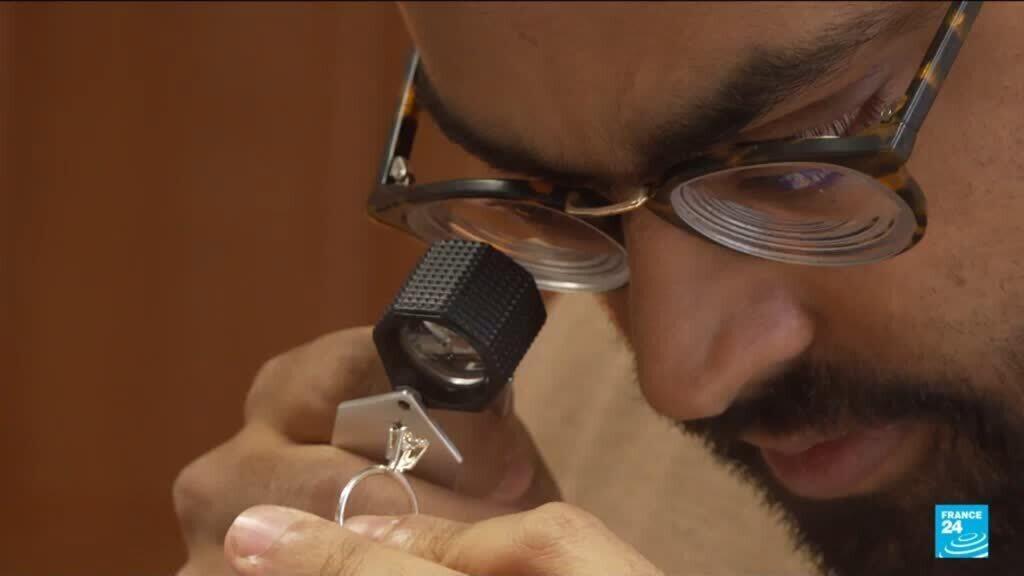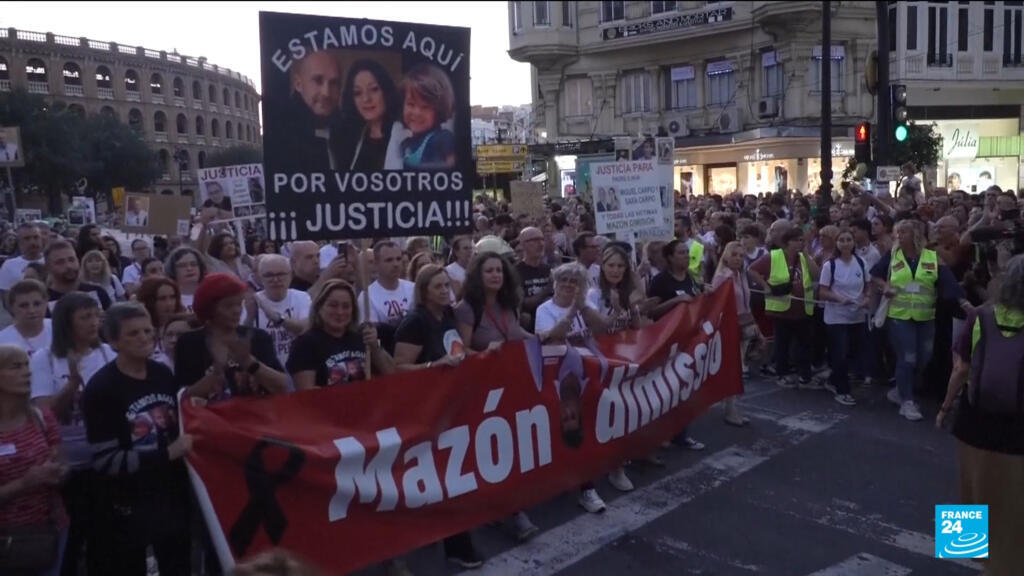In a breathtaking turn of events, a daring heist at the esteemed Louvre Museum in Paris has captured global attention, inciting speculation about the fate of the stolen artifacts. These precious jewels, once belonging to the French royals, are valued at an astonishing over $100 million (approximately 88 million euros). Experts in the realm of art theft and precious gems are voicing concerns over the potential fate of these irreplaceable treasures.
As the investigation unfolds, there are growing fears that the stolen jewels could face a grim fate, with some experts suggesting that they might be melted down or broken apart. This method, if executed successfully, would allow the thieves to diminish the items' recognition and historical value. Smaller pieces could subsequently be crafted into new ornaments, such as necklaces or earrings, making them easier to sell without attracting too much attention.
The implications of such actions are significant, as they represent not only a loss of historical artifacts but also a strategic move by criminals to obscure the stolen jewels' origins. Jewelry experts note that the value of precious stones and metals greatly increases when they are part of recognized pieces; thus, remaking them could serve as a means to launder the stolen goods. This trend has been observed in past high-profile heists, where distinct pieces were dismantled to facilitate their resale.
Furthermore, this incident highlights vulnerabilities within institutions like the Louvre, renowned worldwide for its vast collection of art and artifacts. Security measures, while rigorous, have proven insufficient in preventing sophisticated crimes like this one. Following the heist, museum officials are under pressure to reassess and enhance their security protocols to ensure the safety of their remaining collection.
As the investigation continues, law enforcement agencies are working diligently to track the stolen jewels and identify any potential buyers in underground markets. The art theft community is notoriously secretive, posing significant challenges for authorities attempting to recover stolen properties. The stakes are high, as both the monetary and cultural value of these artifacts commands significant attention from both law enforcement and collectors.
The heist has also sparked a wider conversation about the preservation of cultural heritage in the face of crime. Discussions around how to better protect not only esteemed institutions like the Louvre but also smaller galleries and collections have emerged. The support for technological advancements in security measures and increased funding for protective initiatives are being explored in response to this concerning trend.
In the coming weeks, as the situation develops, the art world will undoubtedly remain on high alert. The fate of these jewels will likely shape future discussions related to art theft and restoration, prompting both public and private entities to prioritize the safeguarding of cultural treasures. The eyes of both history enthusiasts and the global community are fixed on how this heist will impact the future of priceless heritage, with the hope that these artifacts can be returned before any irreversible damage occurs.
```











